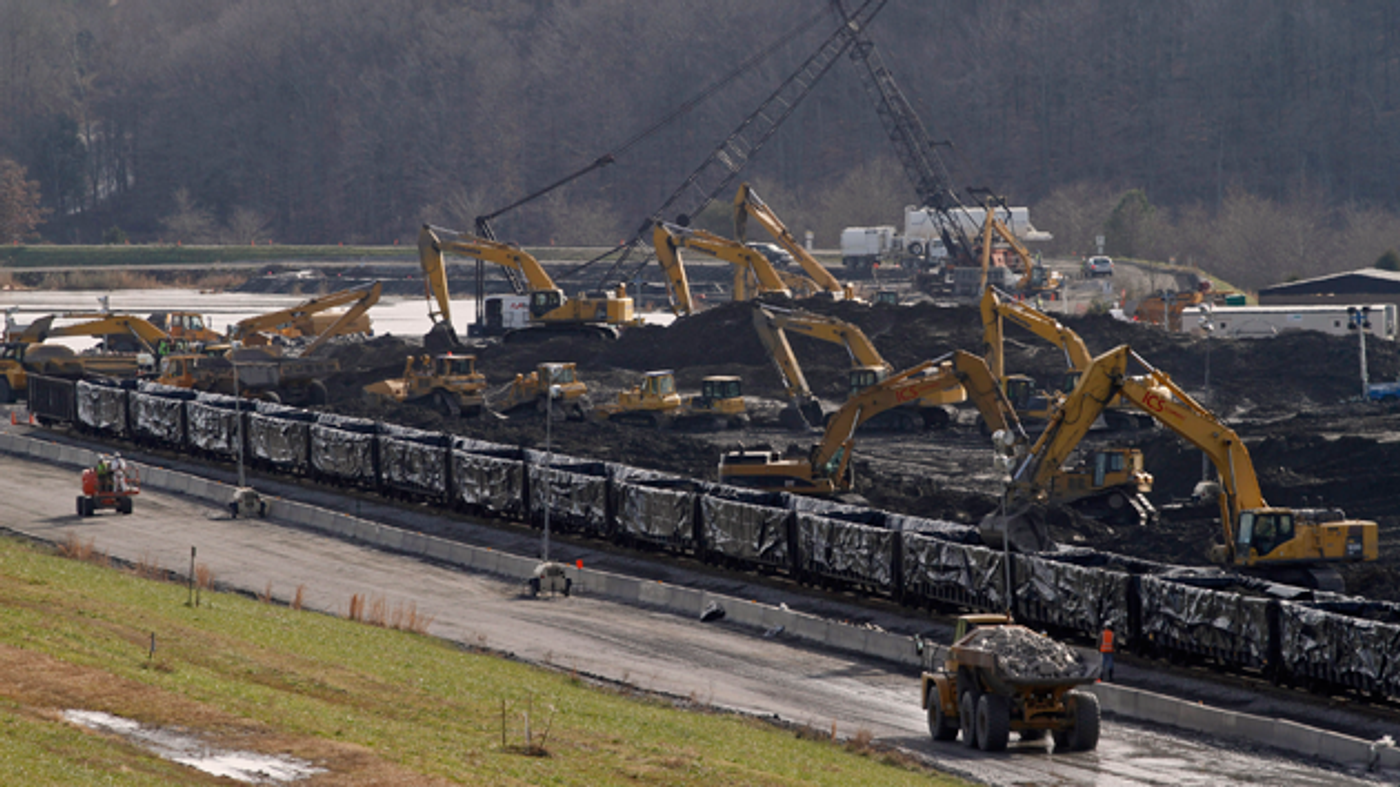Environmental injustice stories related to water rights are flaring up not only in Flint, Michigan.
Within the last month, articles are all over the web are talking about water rights and racial environmental injustice.
One such article includes that of the Navajo Nation in Utah . According to Narcosphere, the Navajo Nation’s water supplies have been polluted since the 1950s by uranium mining, coal mining, and coal power plants. Due to the fact that an estimated 75% of abandoned uranium mines are situated on tribal and federal lands, indigenous peoples are disproportionately impacted by radioactive pollution that leaks into their water supplies.

Apaches in south Arizona have faced similar struggles with their water rights and pollution from copper mining. Due to these struggles, Indigenous peoples met in Washington DC last month to protest and raise awareness in the general mainstream media about radioactive pollution within water basins. Diné No Nukes and Clean Up The Mines!, along with other organizations, gathered in Washington DC in front of the Environmental Protection Agency building in order to protest The Clean Power Plan’s support of nuclear energy. Leona Morgan from Diné No Nukes comments, "With adherence to out-dated, racist policies promoting colonialism, such as the 1872 mining law, Indigenous peoples across the country will continue to be oppressed, and we will continue to demand that our land be returned and restored to its original condition, to that of before the colonization by the United States. The United Nuclear Corporation mill tailings spill of 1979, north of Churchrock, New Mexico left an immense amount of radioactive contamination that down-streamers, today, are currently receiving in their drinking water. A mostly-Navajo community in Sanders, Arizona has been exposed to twice the legal limit allowable for uranium through their tap--this is criminal!"
The public is also complaining about contaminated water supplies in Uniontown, Alabama, where coal ash spills threaten residential health. Coal ash, a byproduct of burning coal, often contains lead, mercury, arsenic (a known carcinogen) and other toxic waste. Similar to other racial injustice environmental stories, studies have shown that many coal ash waste sites are located in poor minority communities. According to the EPA, those living within close proximity to a coal ash landfill have a 1 in 50 chance of getting cancer from the arsenic-laced drinking water. The effects felt by the citizens of Uniontown, Alabama are a result of damage from the TVA Kingston Fossil Plant in Tennessee that released 1 billion gallons of coal ash - 4 million tons of which were later brought to an uncovered landfill in Alabama.

Fracking for natural gas also poses a threat for water pollution in public supplies. According to an EPA study, fracking, a process which pumps highly pressurized water into the earth in order to extract natural gas and oil, can greatly impact public water supplies. The draft study which was released in June stated: “We found specific instances where one or more mechanisms led to impacts on drinking water resources, including contamination of drinking water wells…Approximately 6,800 sources of drinking water for public water systems were located within one mile of at least one hydraulically fractured well … These drinking water sources served more than 8.6 million people year-round in 2013…Hydraulic fracturing can also affect drinking water resources outside the immediate vicinity of a hydraulically fractured well.” Unfortunately although these statements could not be any clearer, the EPA's final conclusion from the report was that fracking does not pose an immediate threat to public water supplies - a statement which the oil and gas industries have used for their own agendas.
Perhaps the most disappointing common aspect of these environmental injustice stories is the common theme of the lack of response from the EPA and other governmental agencies whose supposed interests are within the public health sector. Nevertheless, looking from the reverse perspective, the uplifting theme shines bright in the public’s mobilization to fight for safe water rights for all.
Sources:
The Narcosphere,
Alternet,
Mother Jones










